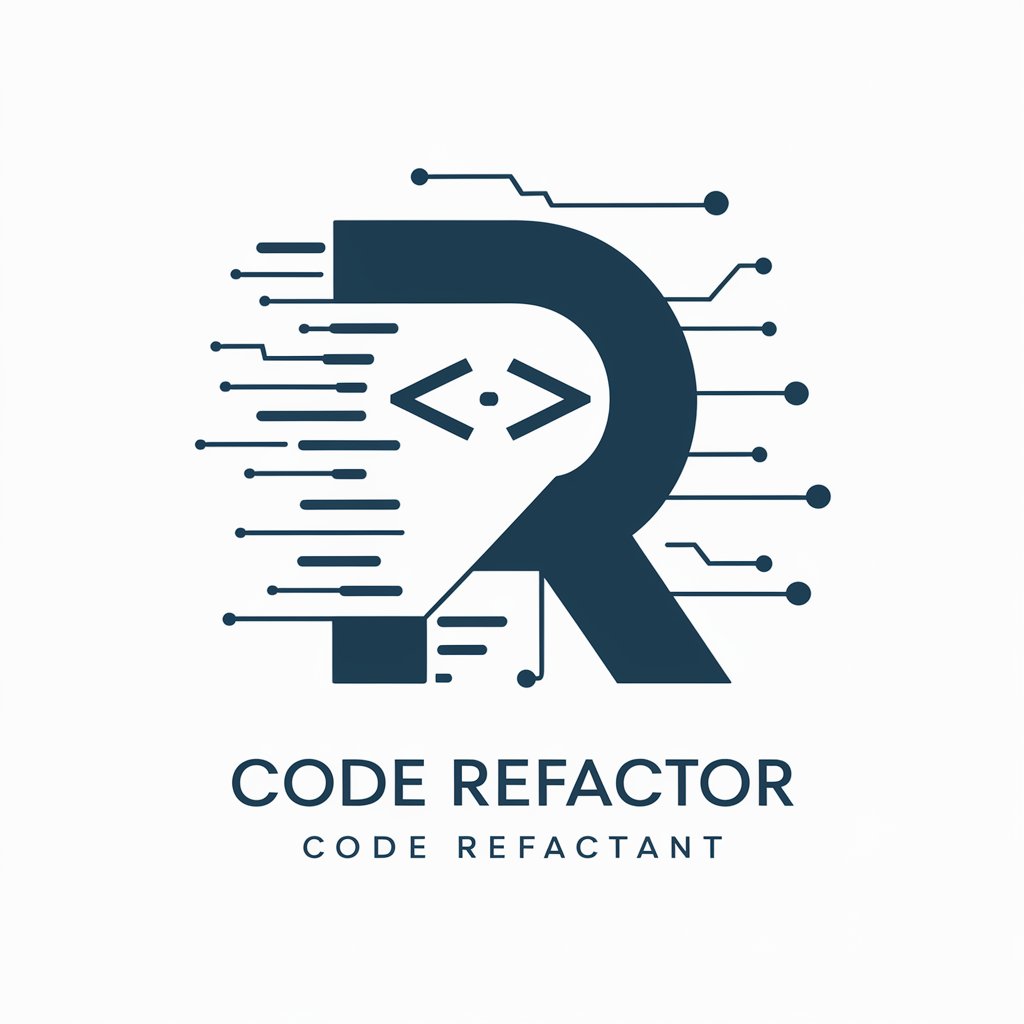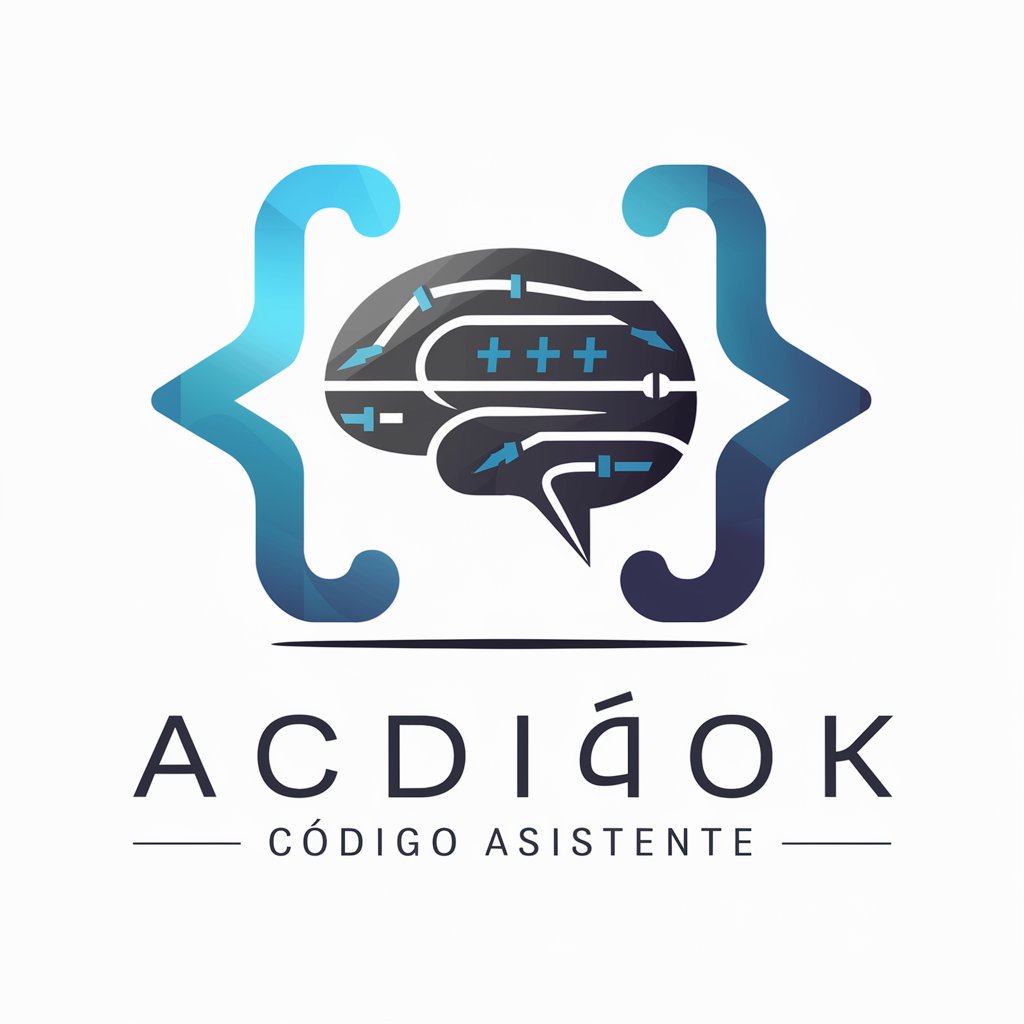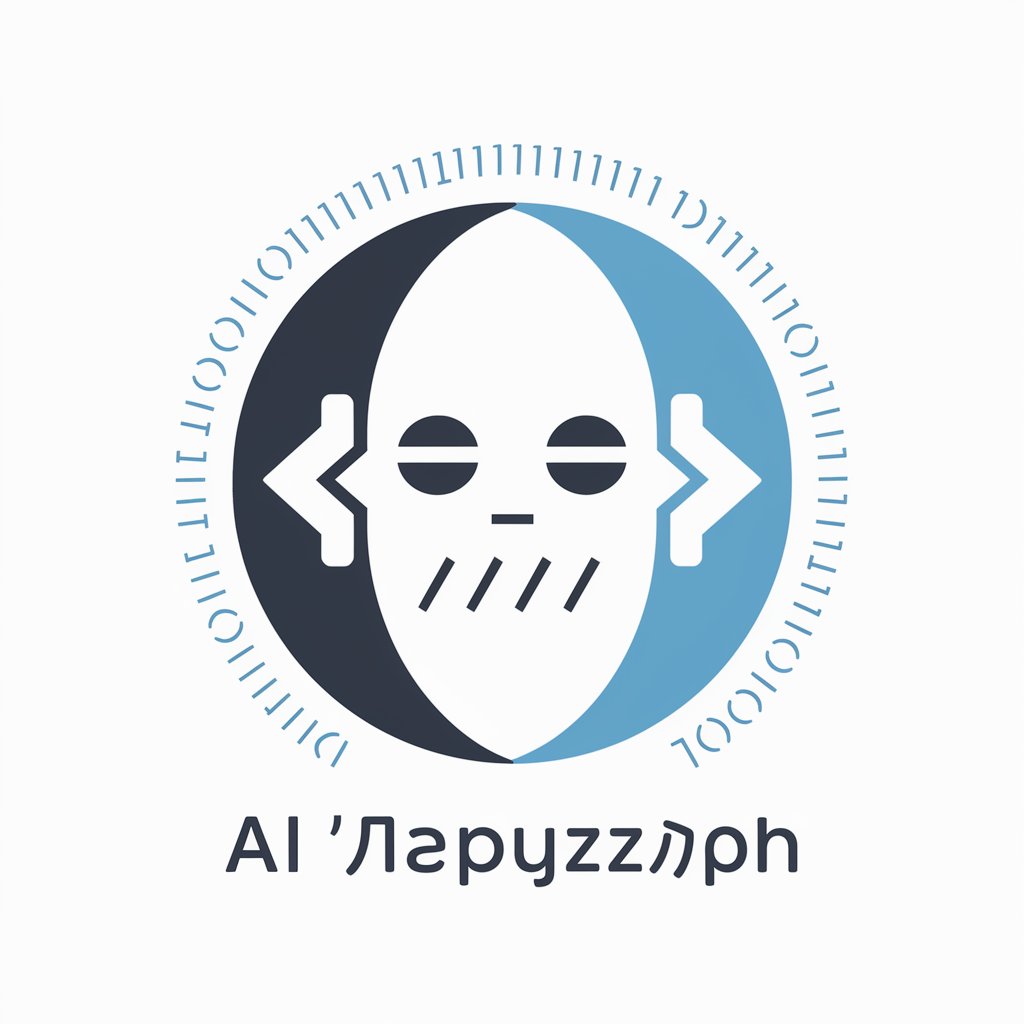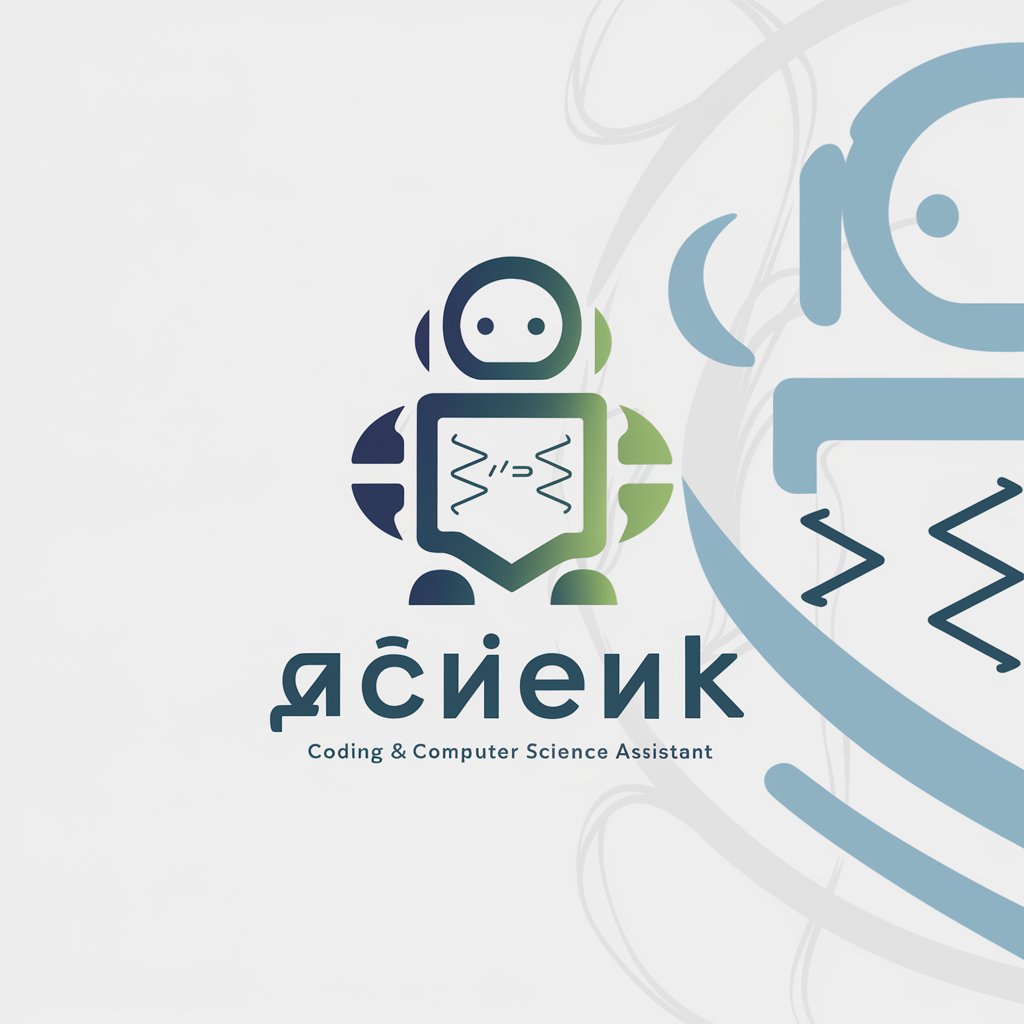
代码重构 - Efficient Code Refactoring

欢迎使用代码重构,让我们一起优化代码!
Empower your coding with AI-driven refactoring
Refactor this Python function to improve its performance:
Can you optimize this Java code for better readability?
Help me clean up this JavaScript code for efficiency:
Please enhance the structure of this C++ class:
Get Embed Code
Introduction to 代码重构
代码重构 (Code Refactoring) is a disciplined technique for restructuring an existing body of code, altering its internal structure without changing its external behavior. Its primary purpose is to make the code more efficient, readable, and maintainable. This involves cleaning up code to remove redundancies, improving code readability, and simplifying complex structures without affecting the functionality. Examples or scenarios include optimizing loops for better performance, consolidating duplicate code blocks into a single function, and renaming variables and functions for better clarity. Powered by ChatGPT-4o。

Main Functions of 代码重构
Improving Code Readability
Example
Renaming variables and methods with more descriptive names.
Scenario
In a legacy system where variable names are cryptic (e.g., 'a', 'b', 'x'), refactoring to meaningful names (e.g., 'invoiceAmount', 'customerName') makes the code easier to understand and maintain.
Optimizing Performance
Example
Refactoring loops and conditional statements to reduce computational complexity.
Scenario
In a data processing application, optimizing a nested loop that processes a large dataset can significantly improve performance by reducing the number of iterations.
Enhancing Code Structure
Example
Breaking down large, complex functions into smaller, more manageable pieces.
Scenario
In a web application, a monolithic function handling all aspects of user authentication is refactored into smaller functions, each handling a specific part of the authentication process.
Eliminating Redundant Code
Example
Identifying and removing duplicate code blocks.
Scenario
Across multiple modules of a software, similar functions for logging errors can be consolidated into a single, reusable logging function.
Facilitating Future Extensions
Example
Modifying the code structure to make it easier to add new features.
Scenario
In an eCommerce platform, refactoring the code to separate the payment processing logic from the order management logic simplifies adding new payment methods in the future.
Ideal Users of 代码重构 Services
Software Developers
Developers working on maintaining and upgrading existing software projects will find code refactoring invaluable for improving code quality and facilitating feature development.
Software Architects
Architects looking to assess and improve the structural quality of a software system will use refactoring techniques to optimize architecture and design patterns.
Quality Assurance Engineers
QA engineers involved in code review processes can leverage refactoring to identify potential code improvements that enhance software reliability and performance.
Project Managers
Project managers aiming to streamline development processes and reduce technical debt will benefit from implementing refactoring practices to maintain project timelines and quality.

How to Use Code Refactoring Tool
1
Access the service freely at yeschat.ai for an initial trial without the need for registration or a ChatGPT Plus subscription.
2
Select the programming language of your code from the provided options to ensure tailored refactoring suggestions.
3
Paste your existing code snippet into the designated input area on the platform.
4
Submit the code for analysis. The tool will automatically evaluate the code for potential improvements.
5
Review the refactored code suggestions and apply them to your project as needed for enhanced readability and efficiency.
Try other advanced and practical GPTs
代码助手
Empowering Code Creation with AI

代码大师
Empowering Code Mastery with AI

代码助手
Streamline coding with AI-powered assistance

代码助手
AI-powered, elevate your code

代码伙伴
Elevate Your Code with AI

Wedding Invitation Creator - Deluxe
Craft Your Perfect Invitation with AI

Connect 4 in a Row [GAME]
AI-powered strategic board game
![Connect 4 in a Row [GAME]](https://r2.erweima.ai/i/5Yu4dKIaQw2WyYgBaFCjRA.png)
Web BrowserSpecialFormula
Navigating the web with AI precision

Web Wizard
AI-powered web development guidance

Web Builder
Build Smarter, Not Harder with AI

Web Wizard
Empowering Your Website with AI

WEBサイトデザイナー
Crafting Modern Websites with AI

Frequently Asked Questions about Code Refactoring Tool
What is code refactoring?
Code refactoring is the process of restructuring existing computer code without changing its external behavior to improve its readability, structure, and maintainability.
Can I refactor code in any programming language?
While the tool supports multiple programming languages, availability may vary. It's best to check the current supported languages on the platform.
Is the tool suitable for beginners?
Yes, it is designed to be user-friendly for programmers of all skill levels, offering insights that can help even beginners understand better coding practices.
How does the tool ensure the functionality of refactored code?
It uses advanced algorithms to analyze the code's structure and logic, ensuring that changes do not affect the program's intended functionality.
Can this tool help with large-scale projects?
Absolutely. The tool can handle code snippets of various sizes, making it useful for both small tasks and larger project optimizations.